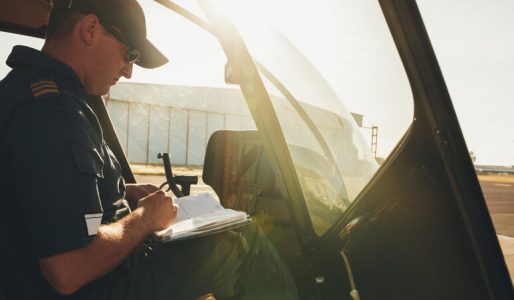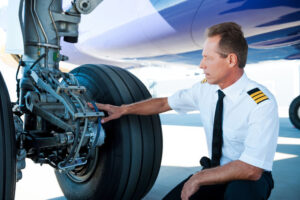Part 135 operators can receive a manual regarding MEL requirements
For a Part 135 company, the Minimum Equipment List (MEL) is life. It’s the difference between profit and loss, reliability and uncertainty, and business and bankruptcy. Pilots know it, and management knows it, but all the customer knows is that they will not get to their meeting if the plane is broken.
The same is true for a Part 91 company, but in that case, the boss is usually very aware of the rules and regulations, so it’s easier to explain why you’re not going. The MEL is a document that can have huge repercussions within an aviation business; pilots must understand everything they can about it.
I think we’re all clear on the MEL basics. For example, if a piece of equipment is not working, we look it up in the MEL, and it tells us if we can legally go or not with the item needing repair. Sometimes it’s a simple statement – one is onboard and required for flight. Or two are onboard, and only one is required for the flight. Easy, right?
Sometimes, however, it is a little more complicated – or even a lot more complicated. For example, the “If this, then that” statement. If “this” is broken, then you can legally fly “IF…” The “if” is the kicker. Sometimes, the things we must do to legally take off with inoperative equipment are extensive. There may be ten or more steps to accomplish before we can fly. Still, it’s worth the trouble if you can legally get off the ground and continue to earn a paycheck.
But what happens if you look up an inoperative piece of equipment in the MEL and can’t find it? Then you’re grounded. The MEL doesn’t include obvious aircraft parts like engines and wings, but it may surprise you to see what it considers obviously essential.
Essentially, the basics of an MEL are relatively straightforward. But there are new flight departments that may have questions about where and when an MEL is required, or they may not know the value of an MEL. For those people, AviationManuals has published an updated complimentary guide to “Understanding Minimum Equipment List Requirements.”
The guide was updated after analyzing hundreds of actual MELs from around the world and includes the following:
- The differences between a Master Minimum Equipment List (MMEL) for aircraft types and a custom MEL for an actual aircraft
- Requirements for operators based on where they are based and where they operate.
- The value of adding a Nonessential Equipment and Furnishings (NEF) program to their flight department
- Information about regulatory requirements
- Information about MEL revisions.
This guide was created for both Part 135 and 91 companies/private owners and can be beneficial for those who are not even sure if they need an MEL or not. As we all know, all things having to do with Federal Aviation Regulations have the potential to be confusing and complicated.










